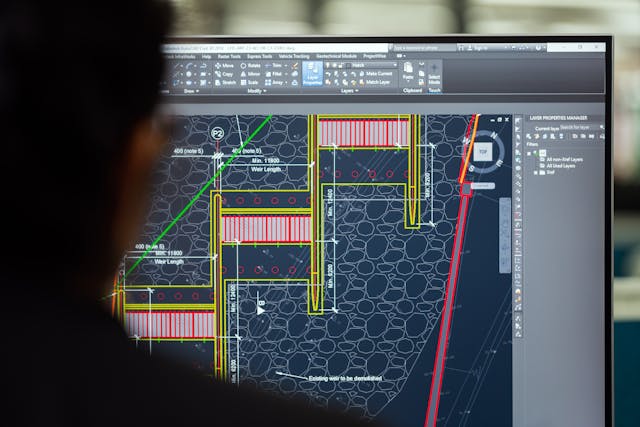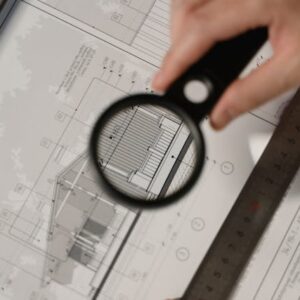Companies across industries are embracing modern digital tools to reduce human error, enhance project accuracy, and make data-driven decisions that were once impossible. From artificial intelligence to cloud-based analytics, innovation is redefining how businesses estimate, plan, and execute projects with confidence.
The Shift from Manual to Intelligent Estimation
Traditional estimation methods were heavily dependent on human experience and manual calculations. While skill and intuition were valuable, they often led to inconsistencies and inefficiencies. Today, advanced algorithms and AI-powered tools have changed that completely. These systems can analyze historical data, identify hidden cost trends, and generate precise projections in a fraction of the time it once took.
Cora Estimation, for example, embodies this shift by offering a digital framework that streamlines the entire process. Instead of spreadsheets and complex manual workflows, companies can now rely on smart automation that ensures every estimate is backed by accurate data and transparent methodology.
Artificial Intelligence and Predictive Analytics
Artificial intelligence is no longer limited to futuristic ideas. It is now an essential part of modern cost estimation. By analyzing past projects, market changes, and material fluctuations, AI models can predict potential cost variations with remarkable precision. Predictive analytics adds an even deeper layer of insight, enabling organizations to anticipate challenges before they arise and adjust their budgets accordingly.
This predictive capability not only minimizes financial risk but also increases trust among clients and stakeholders. When estimates are backed by data science rather than guesswork, confidence naturally grows.
Cloud Technology and Real-Time Collaboration
Cloud computing has made collaboration seamless for estimation teams working across locations and departments. Instead of waiting for files to be shared or updated manually, team members can now access real-time information from anywhere. This connectivity ensures that every change is instantly visible, keeping the project aligned and the data synchronized.
Cloud technology also enhances data security and scalability. Companies can store years of estimation data safely and access it whenever needed. As project sizes grow, the system scales effortlessly without any hardware limitations.
Automation and Time Efficiency
Time is a valuable asset in every industry. Automated estimation tools drastically reduce the hours spent on repetitive calculations and data entry. By eliminating manual errors and automating document creation, businesses save both time and money while improving overall accuracy.
Automation also allows estimators to focus more on strategy and analysis instead of getting buried in administrative tasks. This shift increases productivity and leads to better decision-making.
Data Integration and Smart Insights
Modern estimation systems are not isolated tools, they are connected platforms that integrate with project management software, accounting systems, and resource tracking tools. This creates a unified environment where every piece of information supports the other.
When all project data is connected, the insights become clearer. Businesses can identify cost patterns, forecast more accurately, and make informed choices that lead to profitable outcomes.
Sustainability and Green Technology in Estimation
As global awareness around sustainability grows, technology is helping estimation teams measure environmental impact as well. Green cost estimation tools now calculate energy usage, carbon footprints, and material efficiency to help businesses make eco-friendly choices.
This shift not only aligns with global sustainability goals but also appeals to modern clients who value ethical and responsible business practices.
The Human Element: Technology as a Partner, Not a Replacement
Despite all advancements, human expertise remains vital. Technology enhances capabilities but does not replace experience. The best results come when skilled estimators use smart tools to validate data and interpret results.
The human element brings creativity, adaptability, and contextual understanding, aspects that no algorithm can fully replicate. Technology simply provides the power to make those insights more accurate and actionable.
The Future Ahead
The future of cost estimation is intelligent, connected, and data-driven. Emerging technologies such as machine learning, IoT-based sensors, and augmented reality will soon bring even deeper precision to the estimation process.
Cora Estimation continues to stay ahead by adapting to these advancements and helping businesses evolve with confidence. The integration of smart systems ensures that estimation will never again be a guessing game, it will be a precise, predictable, and efficient process.



